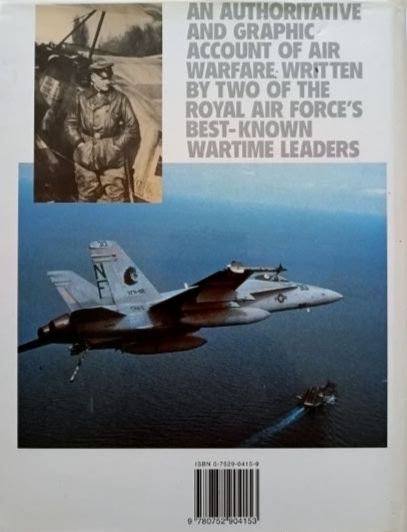History of the organization, equipment and war service of the regiment of Bengal Artillery, compiled from published works, official records and various private sources, Vol. I (1877) By Francis W. Stubbs
The Bengal Army was the army of the Bengal Presidency, one of the three presidencies of the British Raj within the British Empire.
The Presidency armies, like the presidencies themselves, belonged to the East India Company (EIC) until the Government of India Act 1858 (passed in the aftermath of the Indian Rebellion of 1857) transferred all three presidencies to the direct authority of the British Crown.
In 1895, all three presidency' armies were merged into the Indian Army.
The Bengal Army originated from its European Regiment which was formed in 1756. The following year the first locally recruited unit of Bengal sepoys was created in the form of the Lal Paltan battalion. Drilled and armed along British army lines this force served well at the Battle of Plassey in 1757 and 20 more Indian battalions were raised by 1764. The EIC steadily expanded its Bengal Army and by 1796 the establishment was set at three battalions of European artillery, three regiments of European infantry, ten regiments of Indian cavalry and twelve regiments (each of two battalions) of Indian infantry.
In 1824 the Bengal Army underwent reorganisation, with the regular infantry being grouped into 68 single battalion regiments numbered according to their date of establishment. Nine additional infantry regiments were subsequently raised, though several existing units were disbanded between 1826 and 1843. A new feature in the Bengal Army was the creation of irregular infantry and cavalry regiments during the 1840s. These were permanently established units but with less formal drill and fewer British officers than the regular Bengal line regiments. The main source of recruitment continued to be high caste Brahmins and Rajputs, although the eight regular cavalry regiments consisted mainly of Muslim sowars. During the 1840s and early 1850s numbers of Nepalese Gurkhas and Sikhs from the Punjab were however accepted in the Bengal Army. Both Gurkhas and Sikhs served in separate units but some of the latter were incorporated into existing Bengal infantry regiments.
A total of 64 Bengal Army regular infantry and cavalry regiments rebelled during the Indian Mutiny, or were disbanded after their continued loyalty was considered doubtful. Accordingly, the Bengali presence in the Bengal Army was reduced from 1857 on because of their perceived primary role as mutineers in the 1857 rebellion. The new and less homogeneous Bengal Army was essentially drawn from Punjabi Muslims, Sikhs, Gurkhas, Baluchis and Pathans, although twelve of the pre-mutiny Bengal line infantry regiments continued in service with the same basis of recruitment as before. A largely unspoken rationale was that an army of diverse origins was unlikely to unite in rebellion.
The Bengal Artillery comprised:
- Bengal Horse Artillery
- Bengal European Foot Artillery
- Bengal Native Foot Artillery
- Punjab Horse Artillery, Punjab Irregular Force
Rare First Edition
- Hard Cover
- 354 Pages
- In Poor to Fair Condition
































